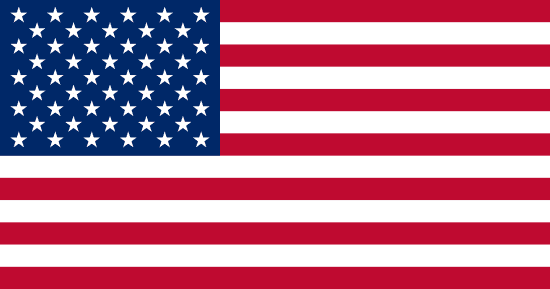Escalating Trade Tensions in the EV Supply Chain
The US Department of Commerce recently announced preliminary anti-dumping duties of 93.5 per cent on graphite-based anode materials imported from China, marking a significant escalation in trade tensions within the electric vehicle (EV) supply chain. This decision follows an extended investigation that uncovered evidence of Chinese producers selling graphite at unfairly low prices in the US market, which is seen as a threat to domestic manufacturers. The penalties specifically target graphite anode materials with a minimum carbon purity of 90 per cent by weight, encompassing synthetic, natural, or blended forms—key components in lithium-ion EV batteries.
In 2023, imports of these materials from China amounted to $347.1 million, according to the Commerce Department. Moreover, nearly two-thirds of all US graphite imports came from Chinese suppliers, as reported by BloombergNEF. This heavy reliance on Chinese imports has become a focal point for growing concerns over supply chain vulnerabilities and economic competition.
Rising Tariffs and Their Impact
This latest move adds to a series of tariffs and duties imposed on Chinese graphite. In May, the Commerce Department introduced countervailing duties of 6.55 per cent for most producers, with some firms facing rates as high as 721 per cent. When combined with existing 25 per cent Section 301 tariffs and 30 per cent retaliatory duties, the effective import penalty now surpasses 160 per cent. This substantial increase in costs could have far-reaching implications for the US EV industry.
The anti-dumping and countervailing duty petitions were initiated by the American Active Anode Material Producers, a coalition comprising companies such as Anovion Technologies, Syrah Technologies, and Novonix Anode Materials. The Commerce Department is expected to finalize its determination by December 5, 2025.
Pushback from Industry Leaders
Major players in the EV sector, including Tesla and battery supplier Panasonic, have voiced strong opposition to the new tariffs. They argue that US producers are not yet equipped to meet the scale and quality standards necessary for mass production. The announcement led to a decline in Tesla’s stock price by 1.4 per cent on July 17.
Sam Adham, head of battery materials at CRU Group, highlighted the financial impact of the tariffs, stating that they could add approximately $7 per kilowatt-hour to battery costs—nearly 20 per cent of the value of US battery tax credits. This could significantly affect profits for Korean battery makers operating in the US, potentially erasing one to two quarters of their earnings.
Geopolitical and Economic Implications
The tariffs come at a time when the US is intensifying efforts to reduce its dependence on Chinese critical minerals. The International Energy Agency (IEA) has identified graphite as one of the most supply-risk-exposed battery materials. As Washington prioritizes energy security and EV supply chain resilience, this ruling may drive domestic investments in graphite production. However, it could also lead to higher short-term costs for automakers and slow down the adoption of EVs in the US.
Overall, the situation underscores the complex interplay between trade policies, industrial capabilities, and global supply chain dynamics. The ongoing developments will likely shape the future of the EV industry in the US and beyond.







